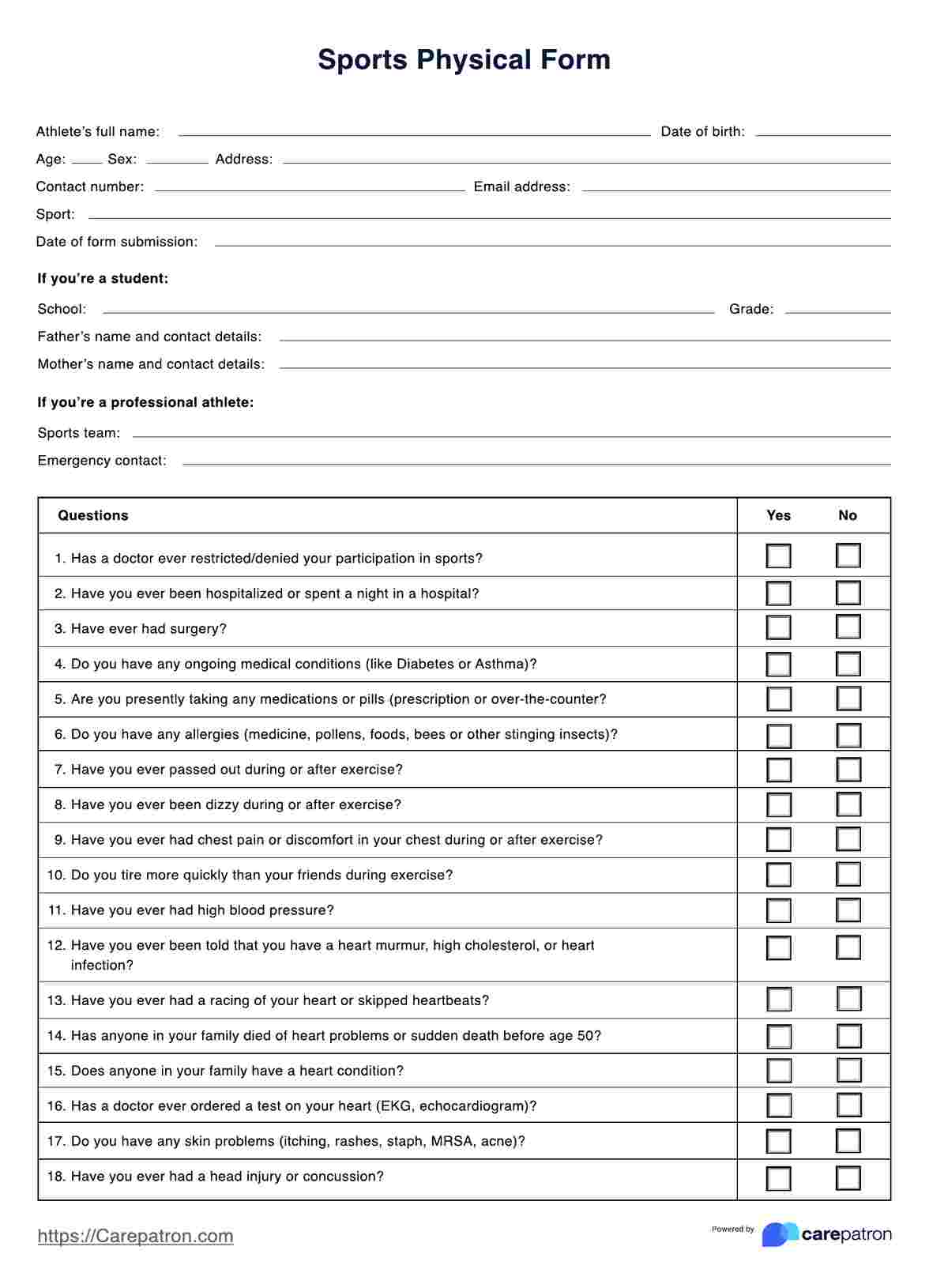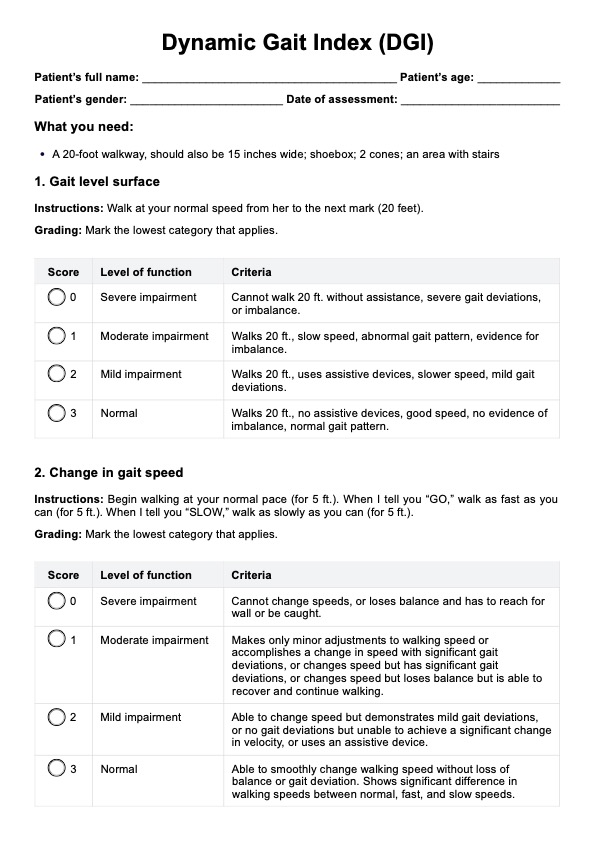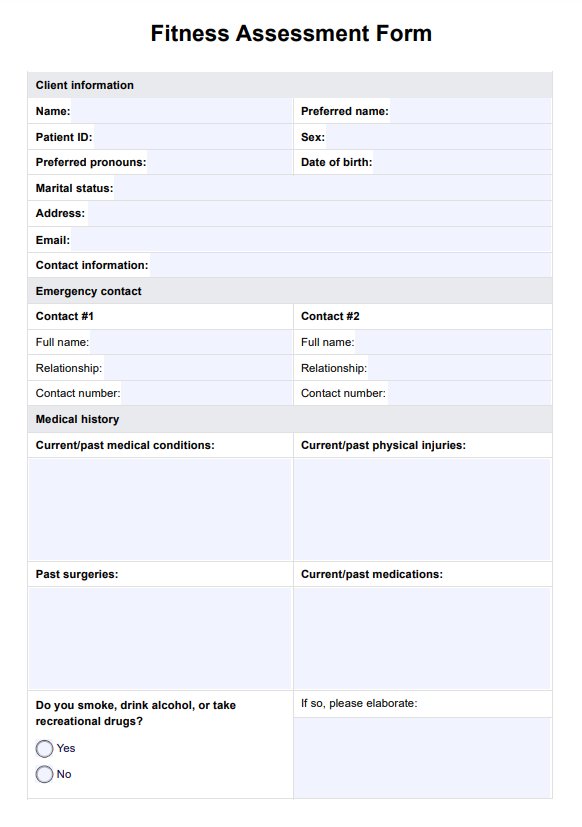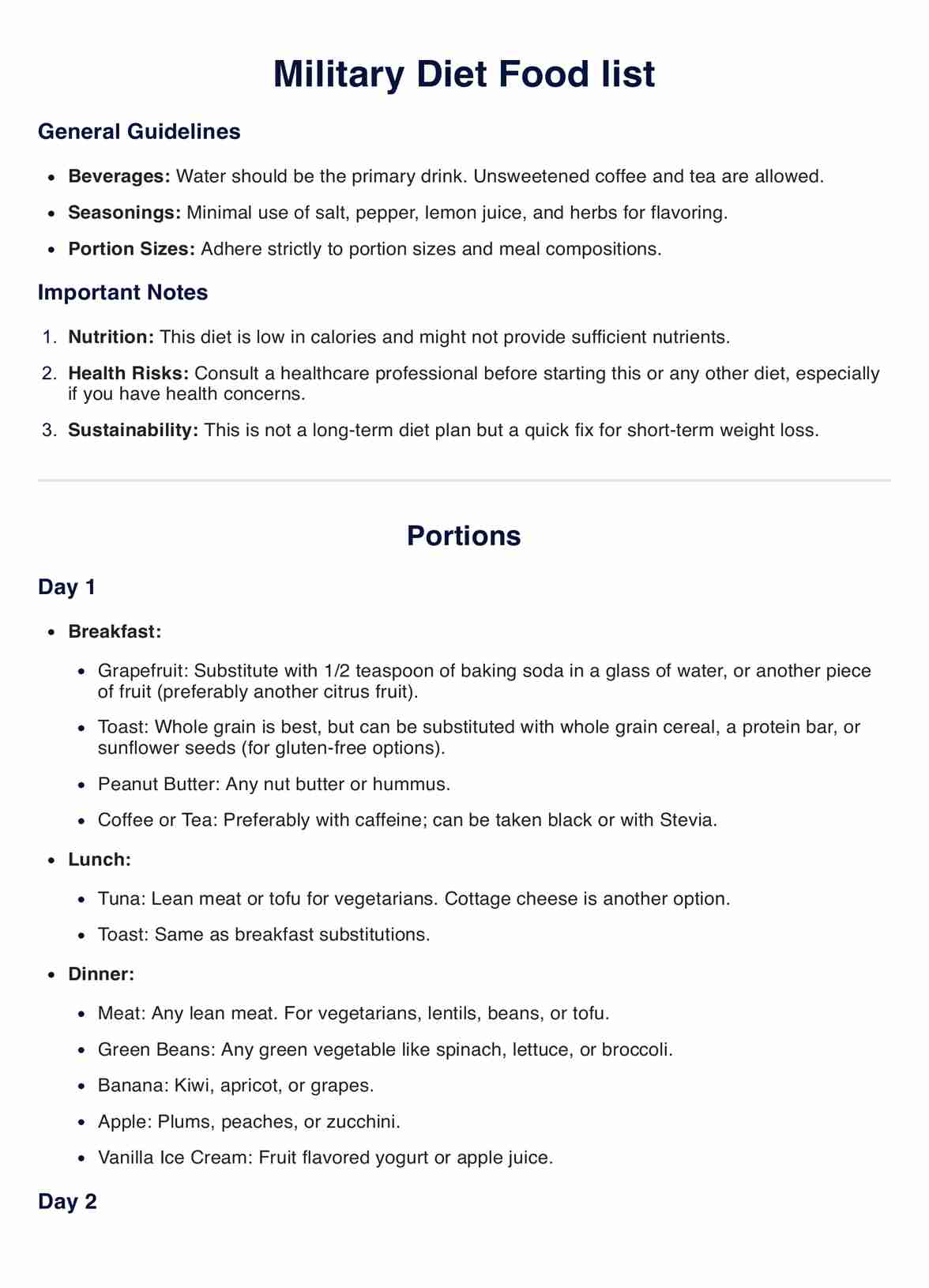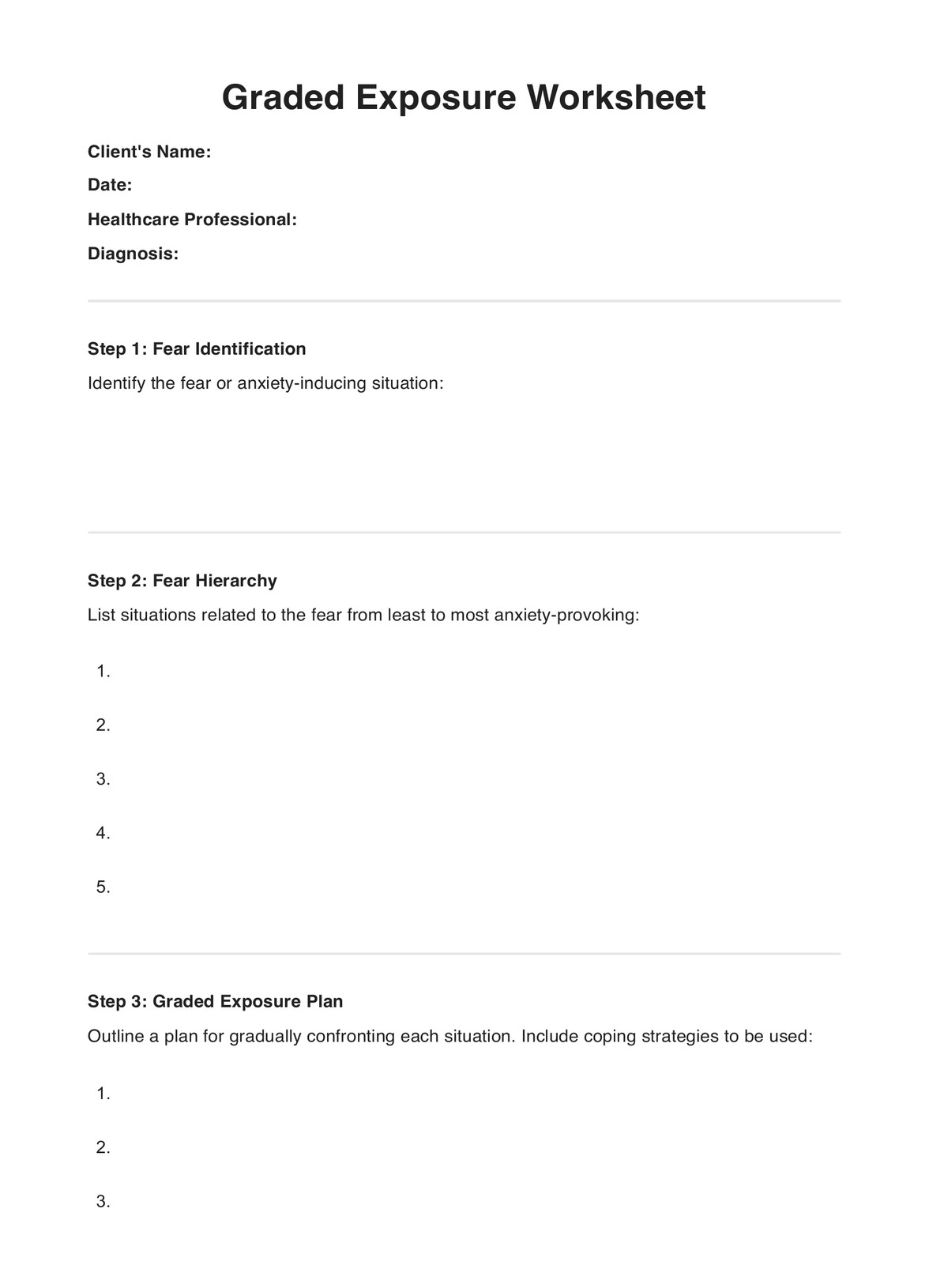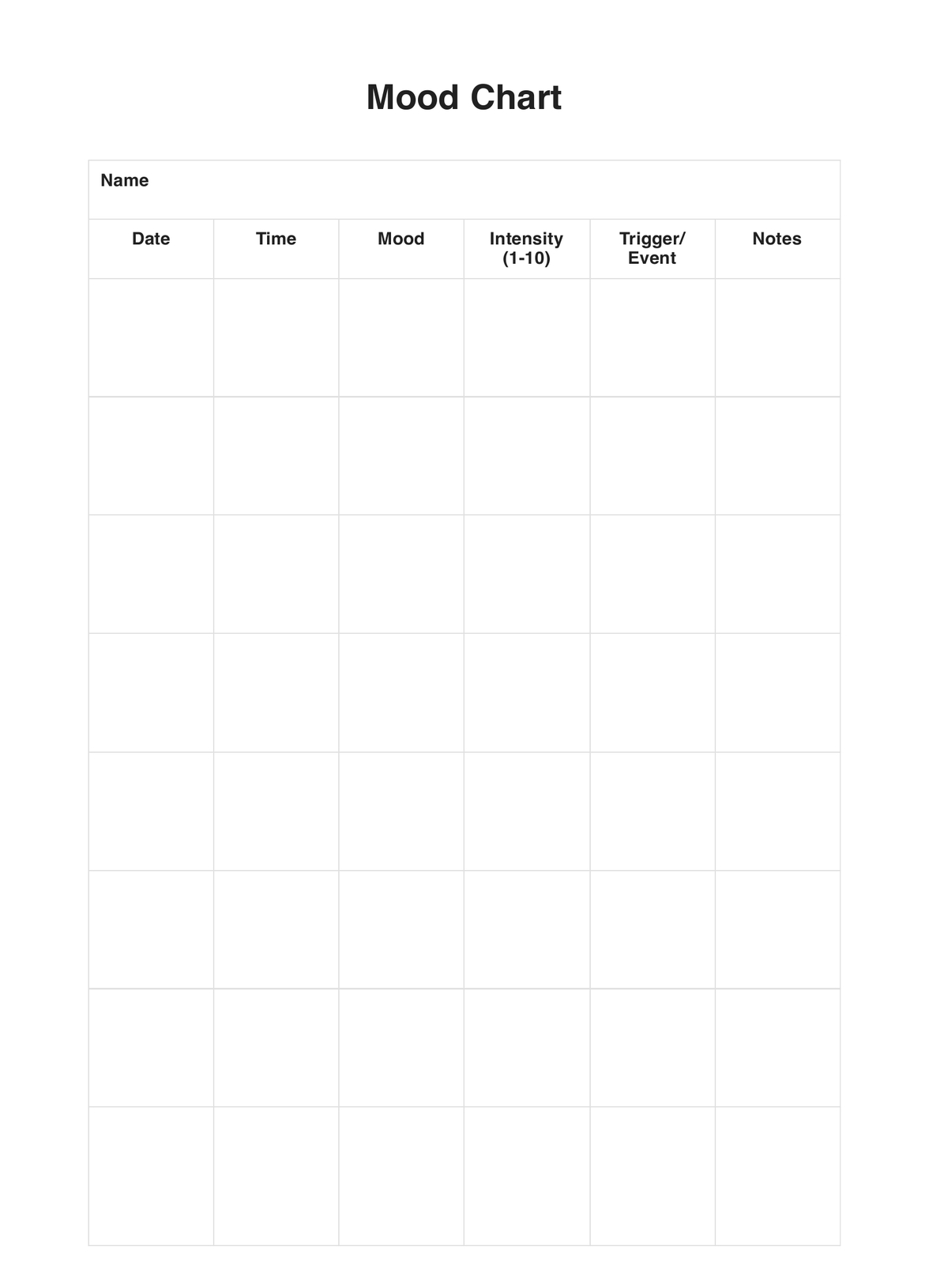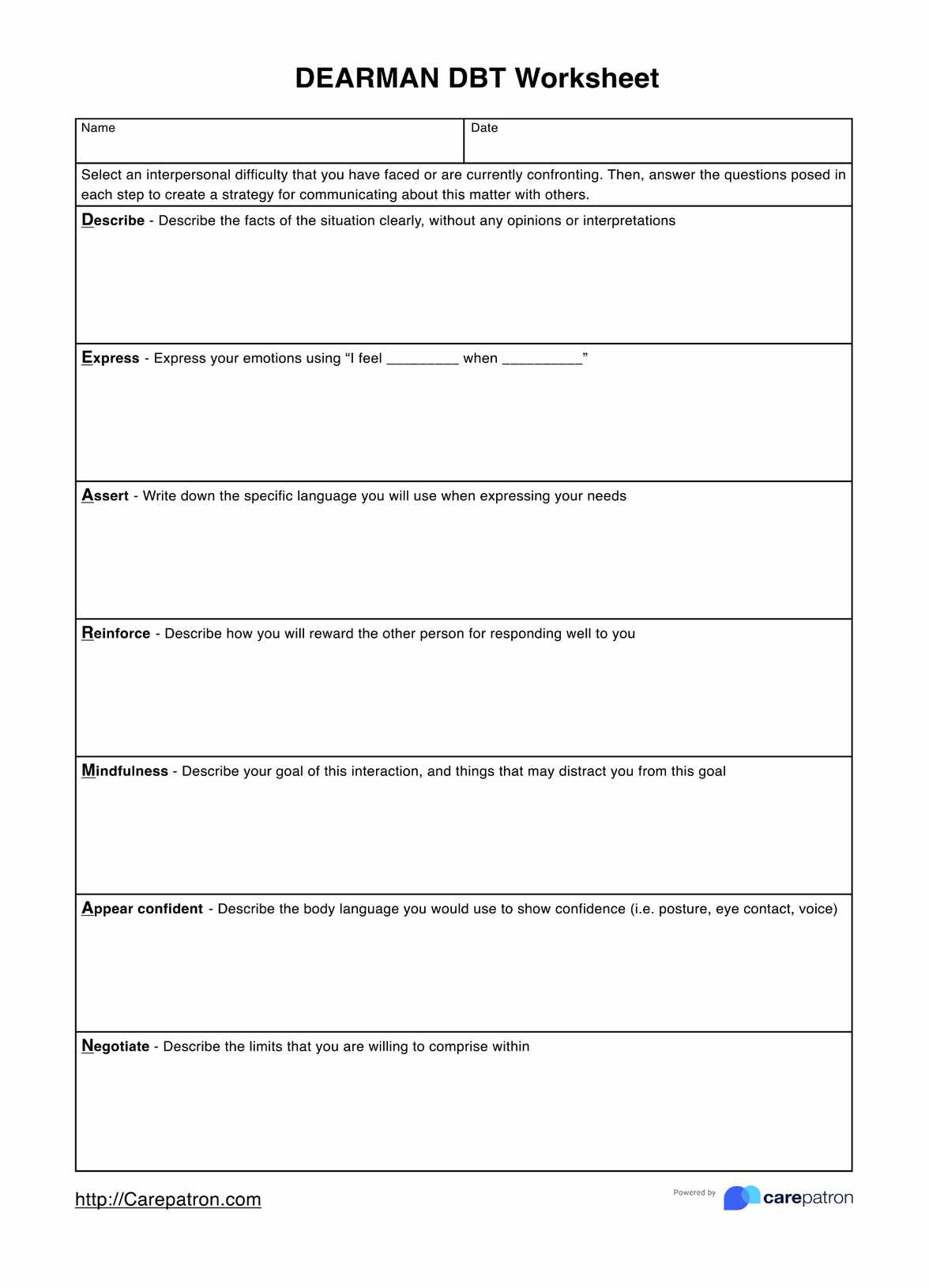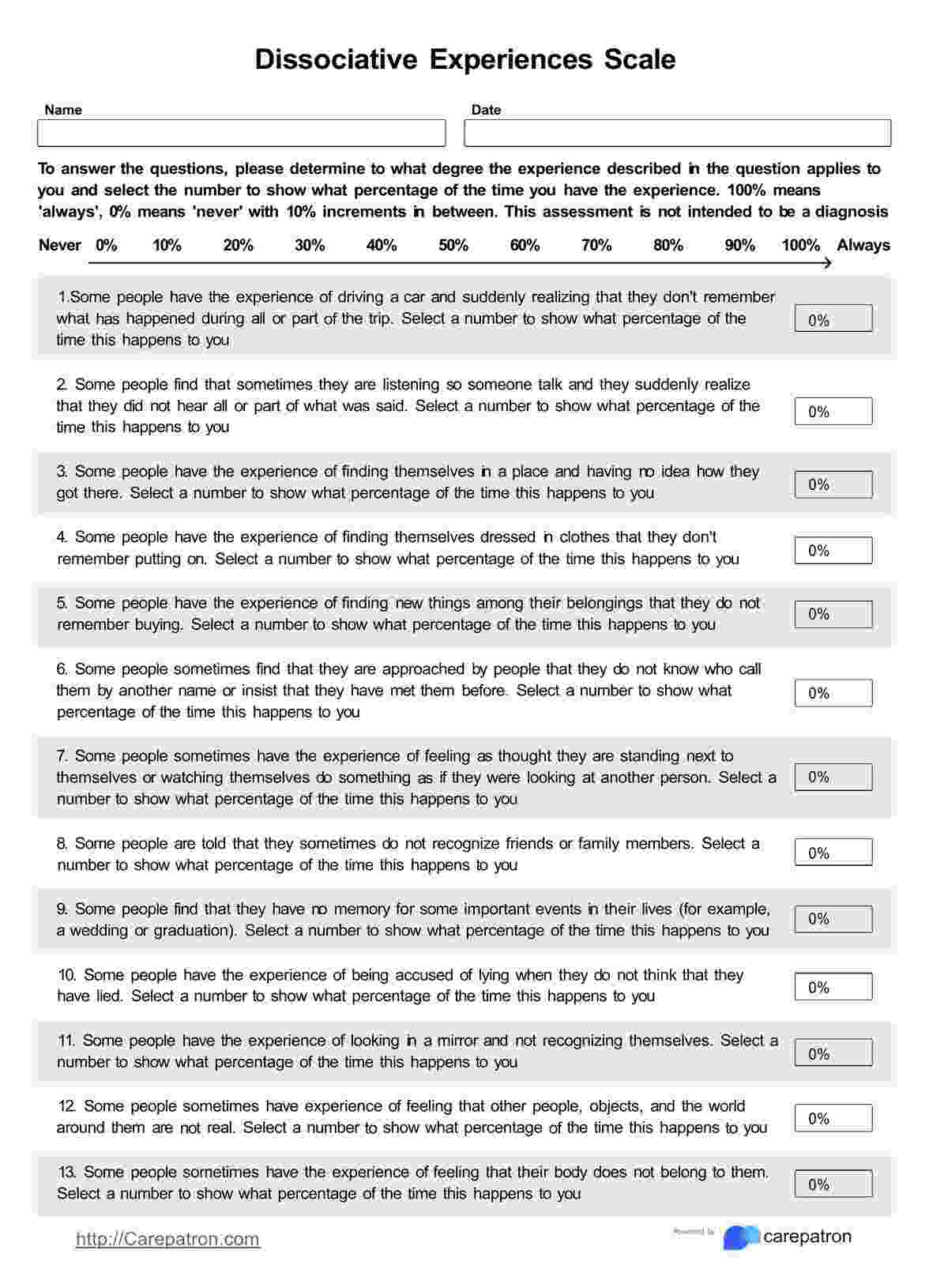Latissimus Dorsi Test - Muscle Length
If you have a patient with restricted shoulder flexion, you can conduct the Latissimus Dorsi Test for Muscle Length to see if the Latissimus Dorsi is causing the restriction.


What is the Latissimus Dorsi?
Before we talk about the let’s briefly talk about what the Latissimus Dorsi is.
The Latissimus Dorsi (commonly called the lats) is a muscle that spans most of our thorax. This muscle is responsible for several things concerning our shoulders, such as shoulder extension, shoulder abduction, shoulder flexion, and the internal rotation of the shoulder joint. It helps us move our shoulders and arms and enables them to reach full range of motion. It also stabilizes our upper extremities when performing movements and even helps with breathing because it lifts the circumference of the rib cage, increasing the volume of air that can enter our lungs.
Now, what happens if the Latissimus Dorsi becomes tight?
If your lats become tight, your shoulder joints will have limited range of motion, which means there will be difficulty moving your shoulders, especially when extending your arms overhead, because the tightness will lock down the thoracic spine. If there is tightness in the lats, then you can count on the patient feeling discomfort in their shoulders.
The lats become tight if they are overused. This is most common in athletes, especially those who partake in sports that involve throwing and pulling. It can even be caused by simply not warming up before a workout.
To check for tightness in the Latissimus Dorsi, you can conduct the Latissimus Dorsi Test for Muscle Length.
Latissimus Dorsi Test - Muscle Length Template
Latissimus Dorsi Test - Muscle Length Example
How to conduct the Latissimus Dorsi Test for Muscle Length
Before you conduct this test, you must prepare one thing: a comfortable examination bed or table for your patient. They will be lying down the whole time for this test.
Once the comfortable examination bed or table is prepared, have your patient lie on it in a supine position. Then you can start.
There are two ways to conduct this test. Either one should be able to get you the needed results, but we recommend doing both so that you cover more ground.
The first way to conduct this test involves the following:
- Tell your patient to fully extend their legs and keep them extended for the duration of this test.
- Then, have your patient raise their arms until they hit the table or up to as far as they can possibly reach (if they can’t reach the table).
- The Latissimus Dorsi is fine if they can raise their arms 180 degrees or higher, which means their arms should hit the examination bed or table.
- If they can’t fully reach the examination bed or table, have them try or provide support by pushing their arms down. If you opt for the latter, do it gently so as not to hurt the patient or cause discomfort.
- If their lumbar spine goes into extension when they attempt to have their arms hit the examination bed or table, they are positive for this test.
The second way involves the following:
- Instead of straightening their legs, the patient must assume a hook line position. This means they should flex their knees which should be pointing upward, while their feet are planted on the examination bed or table.
- Being in a hook line position posteriorly tilts the pelvis a bit. This also flattens the lumbar spine and anchors the pelvis, so lumbar extension is not easy to get.
- Have the patient raise their arms again and try to have them reach the examination bed or table. They don’t necessarily have to hit them for this test.
- Once they have raised their arms as far as possible, bring their legs up and push them into a posterior tilt.
- If their arms come up a bit while pushing their legs up, they are positive for this test.
If they are positive for these tests, the next step is to conduct other shoulder-related tests, especially for the muscles, to see if other muscles are causing discomfort and tightness. It’s also recommended to have them undergo an MRI in case they have latissimus dorsi tears.
The treatment that the patient will need will depend on the results of other tests.
When is it best to conduct the Latissimus Dorsi Test for Muscle Length?
If a patient presents themselves with pains in their back, and they specifically discuss pains in the upper back, they may have some trouble with their shoulders. If the problem is related to their shoulders, they should have any one, several, or all of the following symptoms:
- A tingling or burning pain
- Swelling
- A palpable mass in a muscle
- Ecchymosis
- Stiffness/tightness (which is what this particular test aims to gauge)
If they have these symptoms, you should inform them about conducting specific tests to check for possible shoulder problems they might be dealing with.
We say “tests” because problems in a shoulder could be caused by different problems, not just a tight latissimus dorsi muscle. Given this, the Latissimus Dorsi Test should be conducted as part of a comprehensive physical examination of the upper extremities so that you can cover as much ground as possible. This examination will involve other physical assessments, including imaging tests like MRI.
This is not us saying that the Latissimus Dorsi Test for Muscle Length is unreliable. It is. It is quite specific about what you will look out for, so it is reliable. But again, there might be other shoulder problems to assess; that’s why it should be part of a comprehensive examination.
What are the benefits of the Latissimus Dorsi Test for Muscle Length?
It’s an inexpensive and quick test to conduct.
One of the great things about this test is that it doesn’t require much from a physical therapist or an adjacent healthcare professional. It only requires a comfortable examination bed or table. Other than that, the therapist just needs two hands.
The instructions are also easy to follow. Much of the test will be performed by the patient since they simply have to raise their arms until they can no longer raise them further or until their arms hit the examination bed or table. The therapist needs to give them instructions and make observations. The therapist will be the most active during the second method, which requires them to push the patient’s legs into a posterior tilt.
It can help determine what shoulder problems a patient has.
Physical examinations similar to the Latissimus Dorsi Test can identify possible problems by checking certain factors. The Latissimus Dorsi Test for Muscle Length checks if a patient can fully raise their arms without their lumbar spine extending and if their arms don’t rise when their legs are pushed into a posterior tilt.
By identifying the possibility of specific problems, the therapist can frame the rest of their comprehensive examination of the patient, and once the full results come out, they can shape their treatment plan accordingly. For example, if the comprehensive examination does confirm tightness in the latissimus dorsi but the strain isn’t that bad, they can put rest and muscle strengthening exercises as part of their treatment plan.
It can be reconducted to monitor the patient.
Let’s stipulate that you’ve already conducted a comprehensive exam, and the findings pointed to tightness in the patient’s latissimus dorsi. Let’s also stipulate that you’ve implemented a treatment plan that involves muscle strengthening for the shoulders. Naturally, you’d want to know if the patient’s shoulders are recovering from the tightness.
During a routine check-up, you can conduct the Latissimus Dorsi Test for Muscle Length again to check if their arms finally reach the examination bed or table when you ask the patient to raise them and if their arms don’t rise when you push their legs into a posterior tilt. If their arms finally reach the examination bed or table, and if they don’t rise when you perform the second method, you can safely say that they are getting better and your treatment plan has worked. If not, you might want to make some adjustments and see if the changes will do the trick.
If you're looking for similar resources, make sure to check out our Muscle Test Template.
Commonly asked questions
Just a bit. Whatever discomfort a patient feels will be caused by a pre-existing condition they’ve been dealing with before the test. This also means that there might be a problem with the shoulders, so it’s a matter of identifying the problem and what is causing it.
It can be accomplished within five minutes if you know what you’re doing. The instructions are simple, and you have to look out for specific factors while conducting the test.
Yes. This test requires you to check for any movement in the lumbar spine or arms while conducting it. If the lumbar spine extends while conducting the first method, they are positive. If their arms rise up when you push their legs into a posterior tilt, then they are positive.


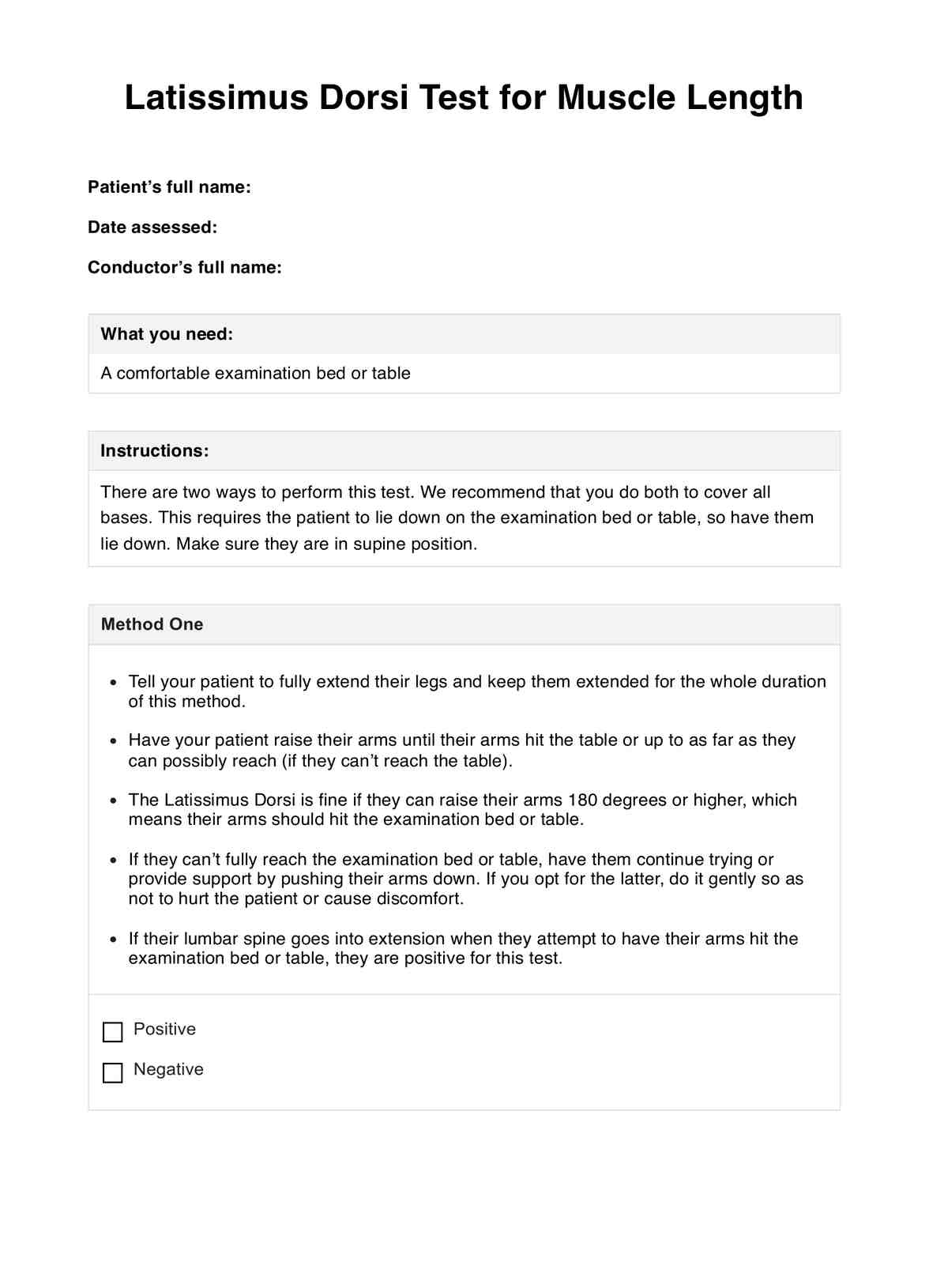
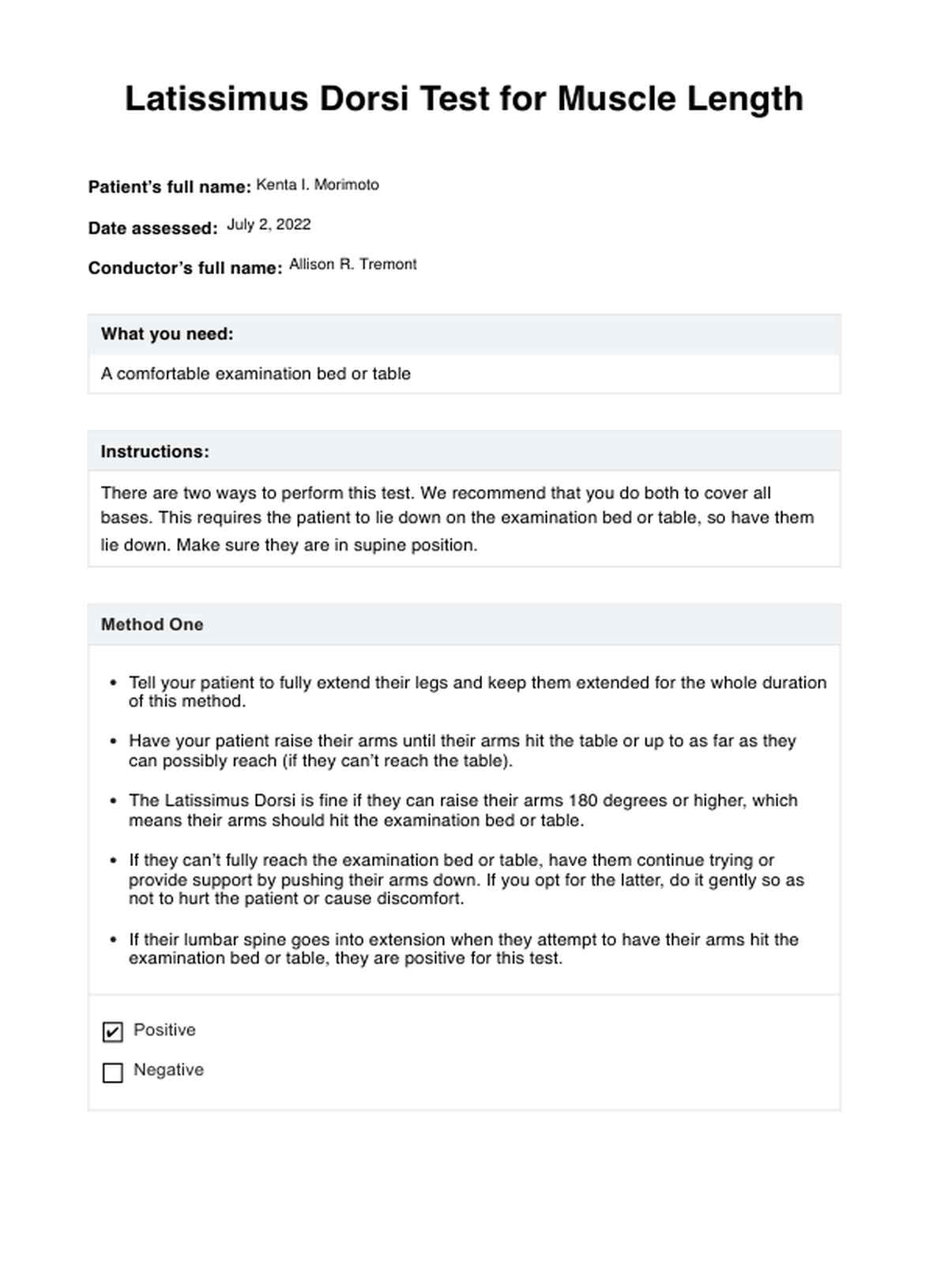













-template.jpg)


























































































